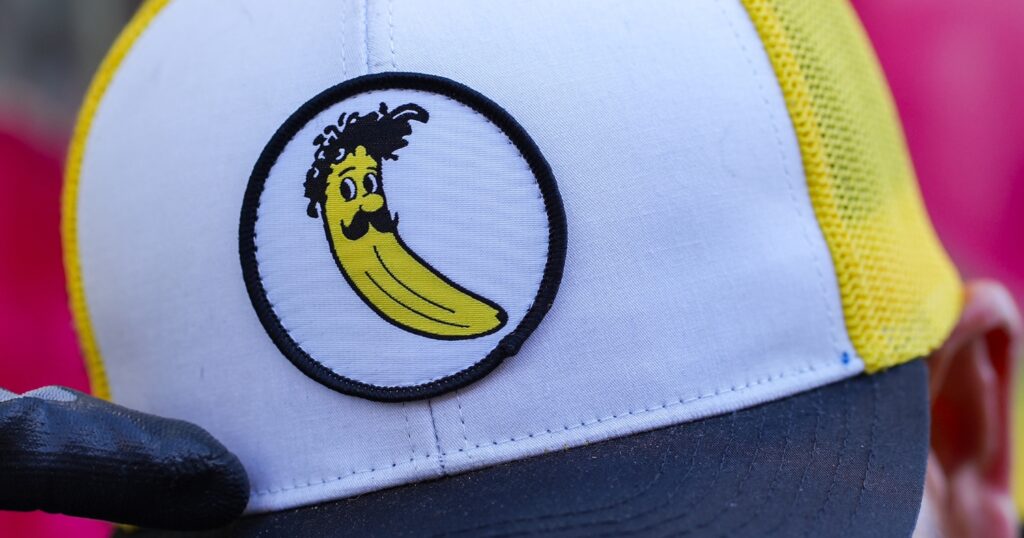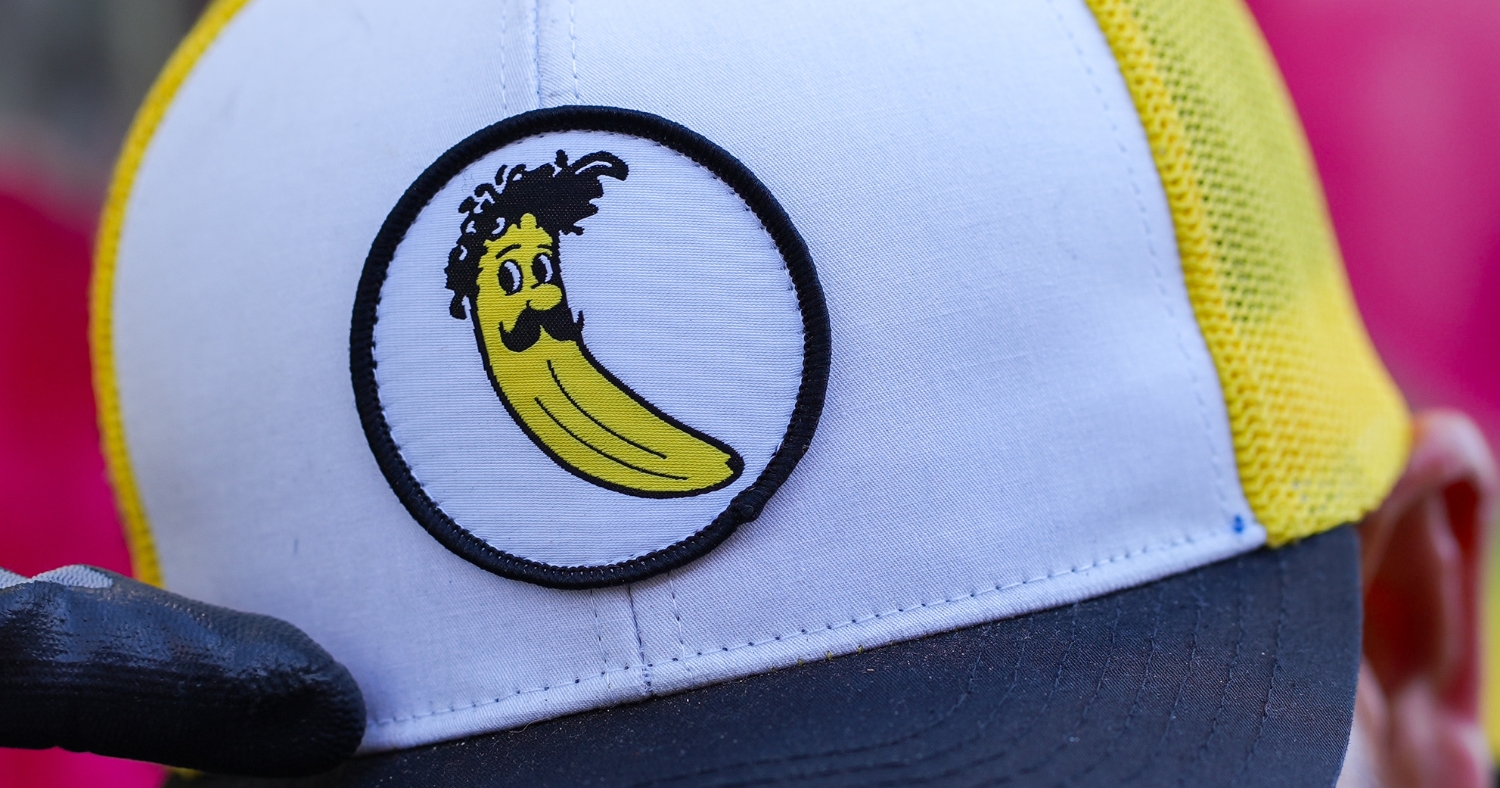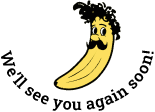
Happy Banana Month! Banana Month is celebrated throughout February every year. Since V. Marchese’s logo is a banana man, how fitting is it we shed some light on our love for bananas.
What is a banana? Let’s ask our Italian Banana, Banana Jack.
A banana is a curved, elongated, edible fruit produced by large herbaceous flowering plants in the genus Musa. Though many people consider bananas to be trees because of their size, they are herbs as their “trunks” are not made of wood but are composed of the stem layers of the plant.
Commercially produced bananas are sterile clones propagated asexually from suckers or cuttings taken from the shoots of existing plants. This means that most of the bananas we eat are genetically identical. The seedless, sweet nature of the modern banana is the result of centuries of selective breeding by humans to create an ideal fruit crop from wild, inedible banana species initially found in Southeast Asia.
So, in summary, the common banana fruit is a clone, a fruit, and technically a herb! Let’s explore more banana facts with our Italian banana expert, Banana Jack, with 90 years of experience.
Bananas are one of the most popular fruits worldwide. In fact, bananas are the world’s fourth largest crop, behind rice, wheat, and corn. Over 50 billion tons of bananas are produced globally each year. That’s a lot of bananas!
Bananas play a central role in global food security and nutrition. They are a staple crop and dietary mainstay for millions of people across Africa, Asia, and Latin America. In many developing countries, bananas account for 15-27% of daily calorie intake.
Bananas provide key micronutrients like vitamin B6, vitamin C, and potassium. They are rich in fiber, magnesium, and antioxidants. Nutritionally, bananas contain moderate amounts of carbohydrates and natural sugars, making them a nourishing source of energy.
With their versatility, affordability, and accessibility, it’s no wonder bananas are one of the most widely consumed fruits on the planet. Their global production and nutritional value highlight the importance of bananas as a staple crop worldwide.
Bananas originated in the humid rainforests of Southeast Asia, most likely in the region around Papua New Guinea. Early hunter-gatherers came across wild varieties of banana plants bearing small, hard fruits full of seeds. These fruits were mostly inedible, but around 10,000 years ago a genetic mutation produced a seedless, sweet variety that became popular for cultivation.
The first banana farms emerged in Southeast Asia, where early cultivators propagated the plants by cutting and replanting stems and shoots rather than seeds. This asexual propagation produced fields of identical cloned plants, all lacking genetic diversity. From the Asian tropics, traders brought banana suckers to Africa and established plantations there. Bananas reached the Americas in the early 15th century as Spanish and Portuguese colonists transplanted the crop.
Early banana cultivation was very labor-intensive. Without modern machinery, plantation workers had to prepare the land, dig irrigation ditches, plant suckers, prune plants, prop up fruit,
and harvest by hand. Workers also had to periodically abandon plagued fields and cut fresh ground from the forest. But the bananas high yields and versatile fruit made it a worthwhile staple crop across the world’s tropics.
Order high-quality, sustainably grown bananas from V. Marchese Inc a family-owned distributor committed to delivering delicious, healthy bananas for over 90 years. Contact them today to get the best bananas for your home or business.

